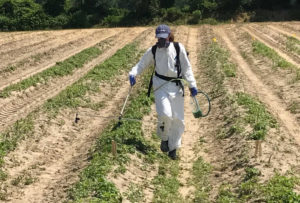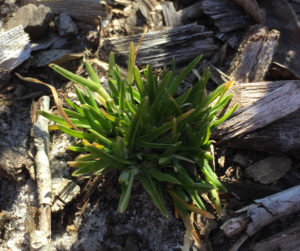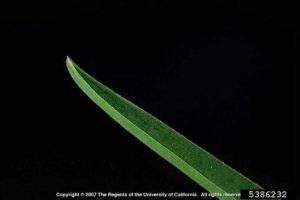Date: Thursday, January 23, 2020
Location: Rutgers EcoComplex, Bordentown, NJ
Agenda
8:00-8:30 Registration and Coffee
8:30-8:50 Welcoming remarks– Shawn Cutts, President, ACGA
Treasurer’s report – Shawn Cutts
8:50-9:10 Cranberry statistics
Bruce Eklund, National Agricultural Statistics Service, Trenton, NJ
9:10-9:35 Traits we have found in cranberry
Nicholi Vorsa, Professor, Department of Plant Biology, Rutgers University; Jennifer Johnson-Cicalese, P.E. Marucci Center, Chatsworth, NJ; and James Polashock, Research Plant Pathologist, USDA-ARS
9:35-10:00 Progress towards managing fruit quality in 2020
Peter Oudemans, Professor, P.E. Marucci Center for Blueberry & Cranberry Research & Extension, Rutgers University, Chatsworth, NJ
10:00-10:25 How weeds impact cranberry yield and fruit quality
Thierry Besancon, Weed Science Extension Specialist, Rutgers University, P.E. Marucci Center, Chatsworth, NJ
10:25-10:40 Break
10:40-10:50 VacciniumCAP: Leveraging genetic and genomic resources to enable development of blueberry and cranberry cultivars with improved fruit quality attributes
James Polashock, Research Plant Pathologist, USDA-ARS, P.E. Marucci Center, Chatsworth, NJ; Nicholi Vorsa, Professor, Department of Plant Biology, Rutgers University; Jennifer Johnson-Cicalese, P.E. Marucci Center, Chatsworth, NJ
10:50-11:15 Can we exploit cranberry’s own defenses to fight against phytoplasma infection?
Cesar Rodriguez-Saona, Professor, Department of Entomology, Rutgers University, New Brunswick, NJ; James Polashock, Research Plant Pathologist, USDA-ARS; and Vera Kyryczenko-Roth, P.E. Marucci Center, Chatsworth, NJ
11:15-11:40 Machine learning assists cranberry fruit rot resistance breeding
Joe Kawash, P.E. Marucci Center, Chatsworth, NJ; James Polashock, Research Plant Pathologist, USDA-ARS, P.E. Marucci Center, Chatsworth, NJ; Nicholi Vorsa, Professor, Department of Plant Biology, Rutgers University; Jennifer Johnson-Cicalese, P.E. Marucci Center, Chatsworth, NJ
11:40-12:05 Important farm health and safety concerns related to machinery operation and pesticides application
Bill Bamka, Agriculture & Natural Resources County Agent II, County Extension Dept. Head, RCE of Burlington County, Rutgers New Jersey Agricultural Experiment Station
12:05-1:00 Lunch
1:00-1:20 Cranberry institute – An update
John Wilson, Cranberry Institute, Carver, MA
1:20-1:50 Managing moss in cranberries
Katherine Ghantous, Research Associate, Cranberry IPM, Cranberry Station, East Wareham, MA
1:50 Adjournment- ACGA Board of Directors Meeting



